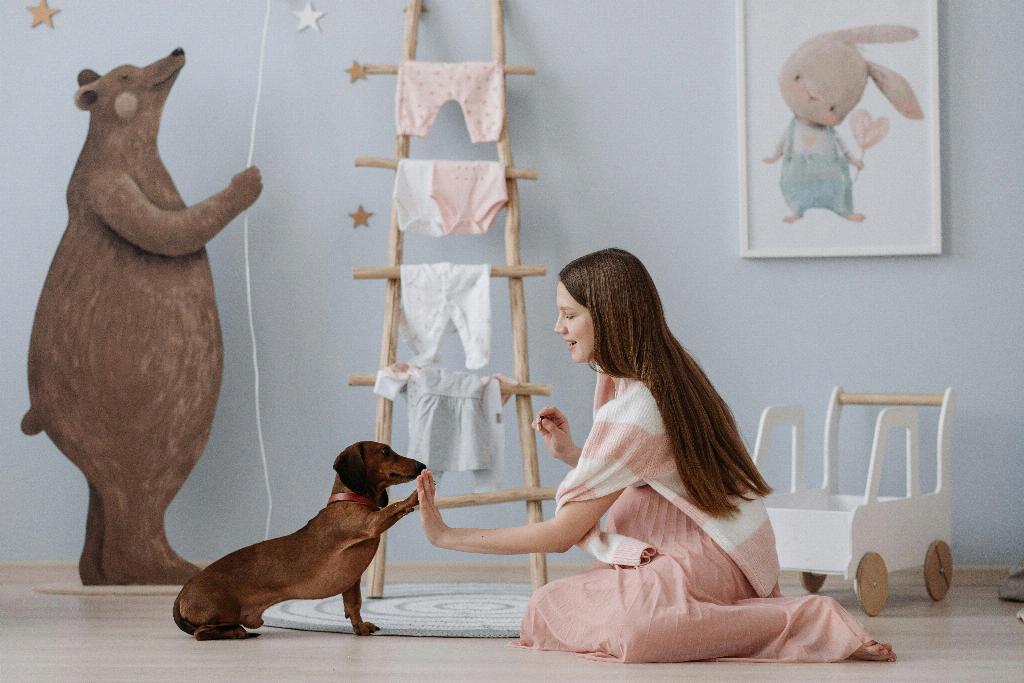Being a pregnant bridesmaid can bring up many questions and concerns, especially when it comes to finding the perfect dress for the occasion. One of the most common questions is what size of bridesmaid dress should be worn during pregnancy. It’s essential to consider the changing body of a pregnant woman and plan ahead to ensure comfort and style on the big day.
Planning ahead is crucial when selecting a bridesmaid dress for a pregnant woman. It’s important to take into account how far along she will be on the wedding day. If she will be three to six months pregnant, experts suggest going up a size from her pre-pregnancy size to accommodate her growing bump and ensure a comfortable fit.
For bridesmaids who will be more than six months pregnant on the wedding day, it is recommended to go up two to three sizes from their usual size. This extra allowance in sizing will provide more room for the expanding belly and ensure that the dress fits well without feeling restrictive.
When selecting a size for a pregnant bridesmaid dress, it’s essential to prioritize comfort without compromising on style. Opt for dresses with empire waistlines, stretch fabrics, or adjustable features like wrap-around styles that can adapt to a changing body shape. These design elements will provide flexibility and room for growth throughout the pregnancy.
Empire waistline dresses are particularly flattering for pregnant bridesmaids as they sit just above the natural waistline, emphasizing the slimmest part of the body and allowing ample room for the baby bump. The flowing skirt of an empire waist dress creates a graceful silhouette that camouflages any areas of concern while providing comfort and ease of movement.
Stretch fabrics such as jersey or spandex blends are ideal choices for pregnant bridesmaid dresses as they offer flexibility and allow the dress to stretch as the belly grows. These fabrics conform to the body’s shape without feeling tight or constricting, ensuring a comfortable and flattering fit for the expectant bridesmaid.
Consider choosing bridesmaid dresses with adjustable features such as wrap-around styles or tie-waist details. These design elements allow for customization in fit and provide room for adjustment as the pregnancy progresses. The ability to loosen or tighten the dress ensures that the bridesmaid remains comfortable and confident throughout the event.
In addition to selecting the right size, it’s essential to consider the length of the dress when choosing attire for a pregnant bridesmaid. Opt for dresses that are slightly longer than usual to accommodate a growing belly and prevent the hem from rising too high. A floor-length or tea-length dress can elongate the body and create a balanced look for the pregnant bridesmaid.
When shopping for a pregnant bridesmaid dress, keep in mind that alterations may be necessary to achieve the perfect fit. Working with a professional tailor can help ensure that the dress is adjusted to accommodate the changing body shape of the expectant bridesmaid while maintaining the integrity of the design and silhouette.
Communication is key when it comes to selecting a bridesmaid dress for a pregnant woman. Keep an open dialogue with the expectant bridesmaid to understand her needs, preferences, and comfort level. Consider her input when choosing the dress style, color, and fabric to ensure that she feels confident and beautiful on the wedding day.
Ultimately, the most important factor in selecting a bridesmaid dress for a pregnant woman is to prioritize her comfort, confidence, and well-being. By planning ahead, choosing the right size and style, and considering her individual needs, you can help ensure that the expectant bridesmaid looks and feels her best on your special day.

